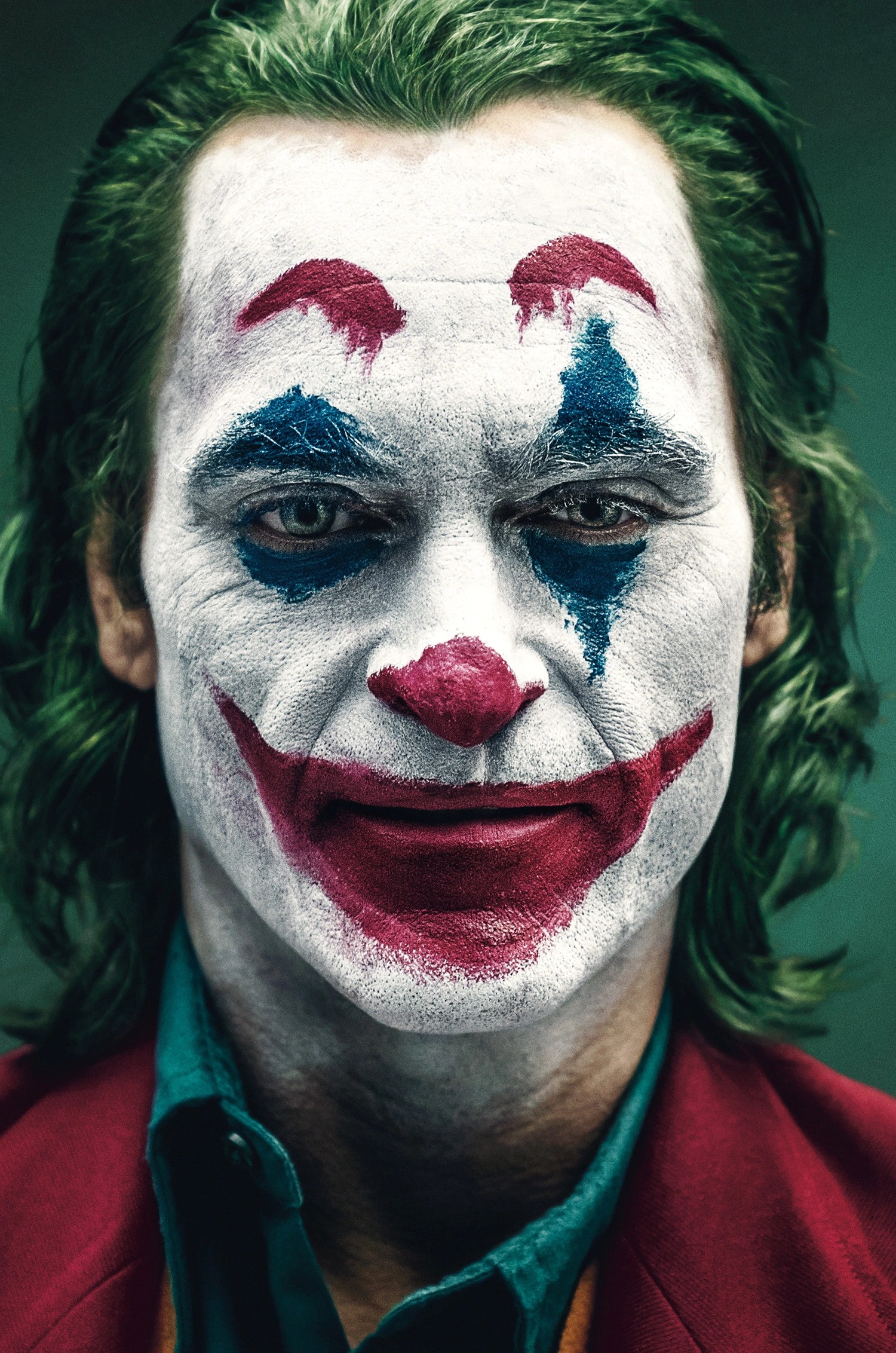The Jocker Face has become a symbol of intrigue and complexity, captivating audiences across the globe. This term evokes images of a character whose playful yet unsettling demeanor leaves an indelible mark on popular culture. With a blend of humor and darkness, the Jocker Face not only entertains but also challenges our perceptions of sanity and morality. The allure of this persona is not just in its theatricality but in its ability to reflect the multifaceted nature of human emotion.
As we delve deeper into the Jocker Face, we discover layers that go beyond mere performance. This character has transcended its origins in comic books and films to become a cultural phenomenon, representing the chaos and unpredictability of life itself. Throughout history, various portrayals of the Jocker Face have sparked discussions about mental health, societal norms, and the fine line between comedy and tragedy. The fascination with this enigmatic figure speaks to our collective desire to understand what lies beneath the surface of human behavior.
Ultimately, the Jocker Face serves as a mirror, reflecting our own fears, desires, and the masks we wear in daily life. Whether through the lens of film, literature, or art, this character challenges us to confront our inner demons while simultaneously offering a sense of catharsis. Join us as we explore the depths of the Jocker Face, uncovering its origins, cultural impact, and the reasons why it continues to resonate with audiences today.
What is the Origin of the Jocker Face?
The Jocker Face, primarily associated with the iconic character from DC Comics, has a rich history that dates back to its debut. Created by Bill Finger and Bob Kane, the Joker first appeared in Batman #1 in 1940. Since then, the character has evolved through various adaptations, each bringing a unique spin to the Jocker Face. From the classic comic book depictions to the more recent portrayals in film and television, the Jocker Face has become a staple of the superhero genre.
Who are the Most Notable Actors to Portray the Jocker Face?
Over the years, several actors have donned the Jocker Face, each leaving an unforgettable imprint on the character. Here are some of the most notable portrayals:
- Heath Ledger - His rendition in "The Dark Knight" earned him a posthumous Academy Award for Best Supporting Actor.
- Joaquin Phoenix - His performance in "Joker" not only garnered critical acclaim but also sparked widespread discussions on mental health.
- Jack Nicholson - The Joker in Tim Burton's "Batman" set a standard for future interpretations with his larger-than-life portrayal.
- Mark Hamill - Known for voicing the Joker in animated series and video games, Hamill has become synonymous with the character.
What Makes the Jocker Face So Captivating?
The Jocker Face captivates audiences for several reasons. Here are a few key elements that contribute to its allure:
- Duality: The juxtaposition of humor and horror creates a complex character that intrigues viewers.
- Symbolism: The Jocker Face often represents societal issues, making it relevant across generations.
- Character Depth: Each portrayal adds layers to the character, allowing audiences to explore various interpretations.
How Has the Jocker Face Influenced Popular Culture?
The influence of the Jocker Face extends far beyond comic books and movies. Its impact can be seen in various forms of media, including:
- Art: Artists have been inspired by the Jocker Face, creating pieces that challenge viewers to confront their emotions.
- Fashion: The character's iconic look has influenced fashion trends, with many adopting elements of the Jocker Face for personal style.
- Social Movements: The Jocker Face has been adopted as a symbol of rebellion, resonating with individuals seeking to challenge authority.
What are the Psychological Themes Associated with the Jocker Face?
The Jocker Face delves into various psychological themes, making it a subject of interest for both fans and scholars. Some of the prominent themes include:
- Madness: The character often embodies the struggle between sanity and insanity, prompting discussions about mental health.
- Chaos vs. Order: The Jocker Face represents the chaos inherent in life, challenging the notion of a structured society.
- Identity: The character's dual nature raises questions about the masks people wear in their daily lives.
What is the Cultural Impact of the Jocker Face Today?
In today's society, the Jocker Face continues to resonate with audiences on multiple levels. Its cultural impact is reflected in various aspects:
- Film and Television: New adaptations keep the character relevant, attracting both old and new fans.
- Merchandise: The popularity of Jocker Face-themed products highlights its enduring appeal.
- Online Communities: Social media platforms facilitate discussions about the character, allowing fans to connect and share interpretations.
What Can We Learn from the Jocker Face?
Ultimately, the Jocker Face serves as a reminder of the complexities of human nature. It encourages us to confront our fears, embrace our individuality, and recognize the duality within ourselves. By examining the Jocker Face, we can gain insights into our own lives, fostering a deeper understanding of the emotions that shape our experiences.
Biography of the Jocker Face
| Attribute | Details |
|---|---|
| Name | Joker |
| First Appearance | Batman #1 (1940) |
| Creators | Bill Finger, Bob Kane |
| Notable Portrayals | Heath Ledger, Joaquin Phoenix, Jack Nicholson, Mark Hamill |
| Key Themes | Madness, Chaos, Identity |
In conclusion, the Jocker Face remains an enigmatic figure that continues to challenge and engage audiences. Its rich history, psychological depth, and cultural significance make it a compelling subject worthy of exploration. Whether through film, literature, or art, the Jocker Face invites us to look beyond the surface and confront the complexities of the human experience.




